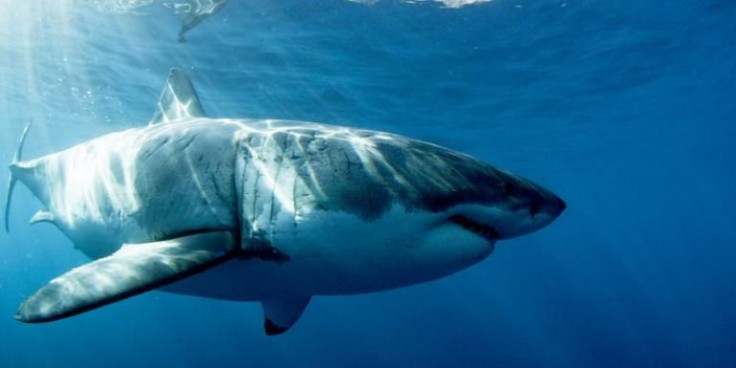Extinct Megalodon Shark Could Have Been 65 Feet Long, Study Says
KEY POINTS
- A new study suggests that the megalodon could have been bigger than what scientists previously thought
- The extinct shark could have reached up to 65 feet in size -- as long as two school buses
- Using a new set of equations, scientists were able to get more accurate measurements of the megalodon's size
The megalodon shark could have been bigger than what scientists previously thought, a study has found.
Megalodon, the massive predator that went extinct 2.6 million years ago, may have been larger than what previous studies have estimated. Thanks to a high school lesson that went amiss, scientists are now looking into a revised estimate on measuring megalodon's size more accurately, as per Eurekalert.
While Victor Perez was guiding his students through a math exercise that aimed to measure the megalodon's size through a set of equations, he found that his student's calculations varied greatly, ranging from 40 to 148 feet. Perez, then a doctoral student at the Florida Museum of Natural History, began to see a very clear problem -- the equations they've been using weren't as accurate as they thought.
"I was going around, checking, like, did you use the wrong equation? Did you forget to convert your units?" said Perez, the study's lead author and now the assistant curator of paleontology at the Calvert Marine Museum in Maryland.
"But it very quickly became clear that it was not the students that had made the error. It was simply that the equations were not as accurate as we had predicted."
The equations Perez and his students were using have been widely used by scientists since their publication in 2002. The math exercise, however, proved that those same equations produced varying size estimates for a single shark, depending on which tooth was measured, according to the Florida Museum.

"I was really surprised," Perez said. "I think a lot of people had seen that study and blindly accepted the equations."
For years, the most accepted methods of calculating the size of the megalodon included relying on the relationship between the shark's tooth and body length. But for scientists to accurately measure the megalodon's size, they would have to correctly identify the position of the teeth in the megalodon's jaw.
To solve the riddle, Teddy Badaut, an avocational paleontologist in France, suggested that Perez should measure a tooth's width instead of height. Previous research found that tooth width was limited by the size of a shark's jaw, which was proportional to its body length.
Ronny Maik Leder, then a postdoctoral researcher at the Florida Museum, worked with Perez to develop a new set of equations based on tooth width.
Using the new equations, "we could actually sum up the width of the teeth and get an even better approximation of the jaw width," Perez said. The researchers found that the megalodon may have reached up to 65 feet in size -- about the length of two school buses.
The researchers proceeded to analyze sets of teeth from 11 sharks from five different species. By measuring the combined width of each tooth in a row, Perez and his team were able to construct a model for how wide a single tooth was in relation to a given species' jaw.
This way, when scientists discover a lone megalodon tooth, they can refer to the average obtained in the study and compare it to the discovered tooth's width. According to Perez, this method would give them a more accurate estimate on how big the megalodon really was.
"I was quite surprised that indeed no one had thought of this before," said Leder, now director of the Natural History Museum in Leipzig, Germany. "The simple beauty of this method must have been too obvious to be seen. Our model was much more stable than previous approaches. This collaboration was a wonderful example of why working with amateur and hobby paleontologists is so important."

© Copyright IBTimes 2024. All rights reserved.





















